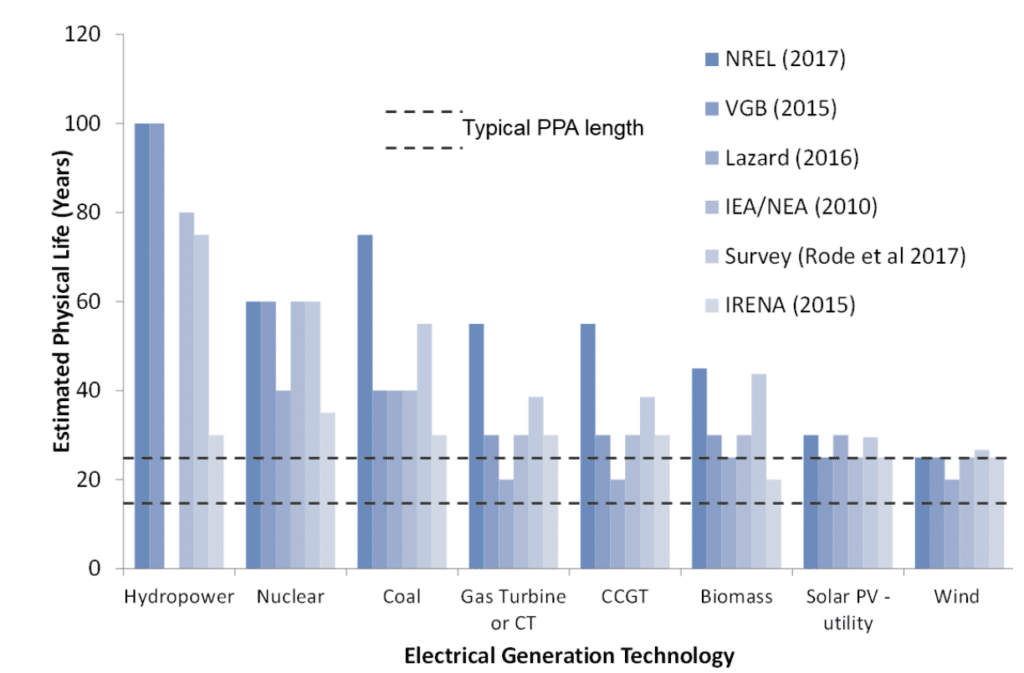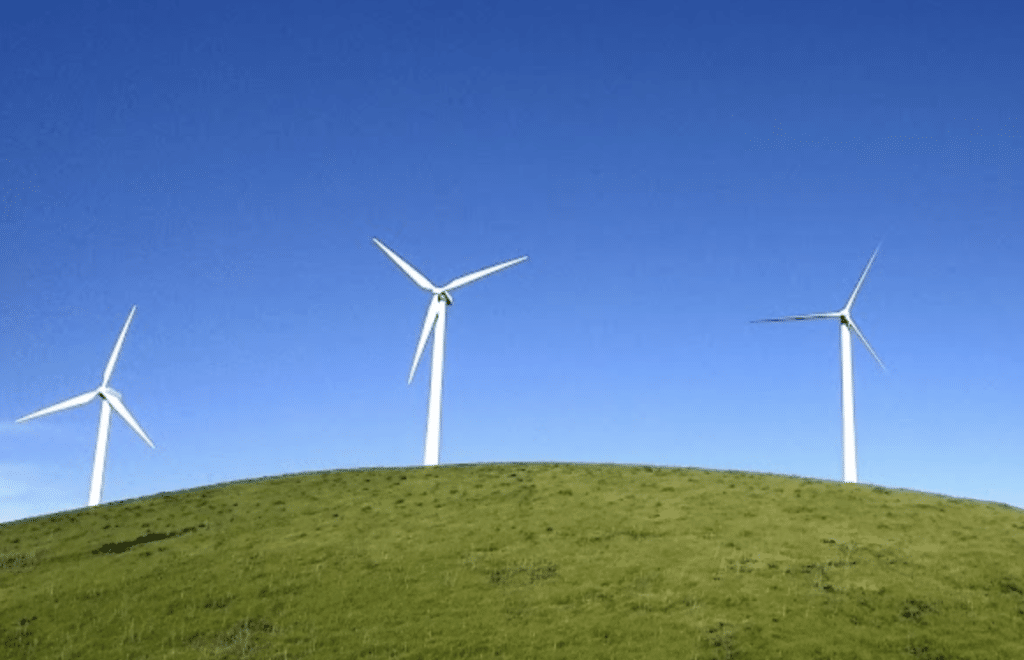Introduction – Lifespan of Wind Turbines
As the world grapples with the urgent need to combat climate change, renewable energy sources have gained prominence, with wind energy playing a significant role. A key factor to consider when discussing wind energy is the lifespan of a wind turbine, which impacts the cost-effectiveness and sustainability of wind energy investments. Looking to the future, the potential for wind energy to reduce greenhouse gas emissions and provide a sustainable source of electricity is vast and exciting, as new innovations and policies emerge to further support its development and deployment.

Short Answer – 15-25 Years With 20 Being Standard
The short answer is that wind turbines last 15-25 years with 20 years being a very standard answer. The long answer is that wind turbines will actually last longer than 25 years but considerations of energy contract lengths, improving technology and high repair costs impacts that theoretically longer lifetime. Read on to find out more!
What is a Wind Turbine?
Wind energy is a renewable source of power that relies on harnessing the natural wind flow to generate electricity. As it doesn’t require the burning of fossil fuels, it significantly contributes to carbon reduction, making it a vital part of our sustainable energy future.
A wind turbine, often confused with traditional windmills, is a modern mechanical structure designed specifically to convert wind’s kinetic energy into electricity. Its main components include a tower, rotor blades, and a nacelle (which houses the generator). The wind turns the blades, which spin a shaft connected to a generator that produces electricity.
Advances In Wind Turbine Technology And Costs
One of the key reasons for wind energy’s growing popularity is the significant advancements in wind turbine technology that have occurred in recent years. These advancements have led to increased efficiency and reliability, with modern turbines capable of generating more power from the same wind speeds as earlier models.
Additionally, the cost of producing wind energy has dropped dramatically in recent years, making it a more competitive option compared to traditional fossil fuel-based energy sources. This cost reduction is due to factors such as increased efficiency, improved manufacturing processes, and economies of scale. As the technology continues to improve and more investment flows into the sector, wind energy costs are expected to continue to drop, making it an even more attractive option for those seeking to invest in renewable energy.
Understanding the Lifespan of a Wind Turbine
The lifespan of a wind turbine primarily depends on factors such as its design, materials used, maintenance frequency, and the environmental conditions where it is located. On average, a wind turbine can last around 15 to 25 years. However, with regular maintenance and potential upgrades, this lifespan could be extended.
NREL Publication On Generation Technology Lifetimes
Let’s dig into this claim a bit more. NREL published a document on their website titled “Estimating the Impact of Residual Value for Electricity Generation Plants on Capital Recovery, Levelized Cost of Energy, and Cost to Consumers” which addressed the question about the lifetime of energy generation technology.
The analysis had a financial undertone, meaning that instead of saying that wind turbines had a certain lifespan, rather it is that wind turbines will fail over time and that cost of repairing it will diminish below the value remaining because of increasing failure costs. The NREL document shows six estimates of practical life, 5 of which were about 25 years and 1 of which landed on 20 years.

Deep Dive Into Lifetimes
Moreover, according to the NREL study operational life of power generators, including wind turbines, often exceeds the length of their Power Purchase Agreement (PPA), which is a contract between the entity that generates electricity (like a wind farm) and the entity that’s buying the electricity. These contracts usually last 15-25 years. This means that NREL considers the operational life to be greater than 25 years. This means that even after the contract for selling their electricity ends, many wind turbines could still produce electricity efficiently.
In the context of wind turbines, different analysts might have different estimates of their lifespan, but it’s generally accepted that they can operate effectively for longer than the typical 15-25 year PPA. This means that wind turbines could potentially provide a return on investment for a longer period than initially contracted, which is an important consideration for investors and policymakers in the renewable energy sector.
The Importance of Lifespan in Renewable Energy Investment
When considering the viability of wind energy investments, the lifespan of wind turbines is a crucial factor. The longer a turbine can efficiently operate, the more electricity it generates, increasing the return on investment. However, it’s also essential to factor in long-term maintenance costs, which can increase as a turbine ages. Furthermore, advances in technology may render older turbines less efficient compared to newer models, affecting the decision to replace or upgrade existing turbines.
Case Studies
An excellent example of wind energy projects is the Altamont Pass Wind Farm in California, one of the earliest and largest wind farms in the U.S. Some turbines initially installed in the 1980s are still operating, putting the lifespan of these greater than 35 years. Many have been replaced with more efficient models over the years, demonstrating the balance between maintaining, upgrading, and replacing to optimize the lifespan of wind energy investments.

Conclusion – Wind Turbine Lifespan
Understanding the lifespan of wind turbines is crucial in the broader context of renewable energy, carbon reduction, and sustainability. By considering this factor, we can make informed decisions about our commitment to wind energy, ensuring it remains a viable and sustainable solution for our energy needs and our planet’s health.
